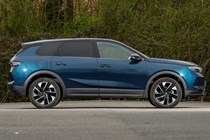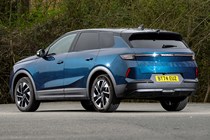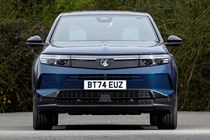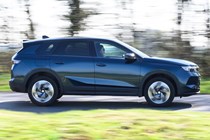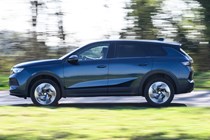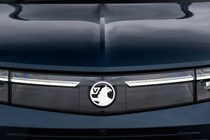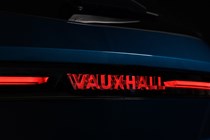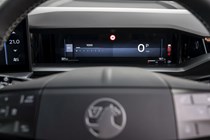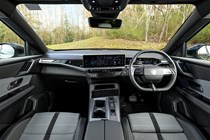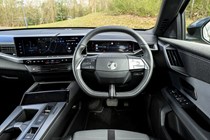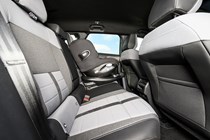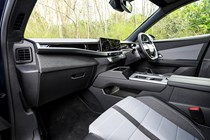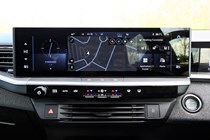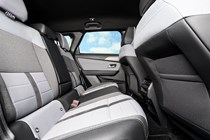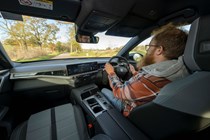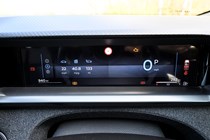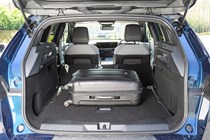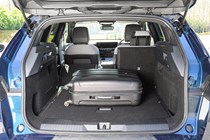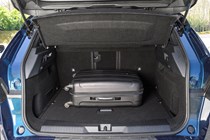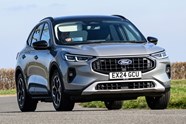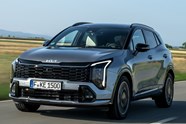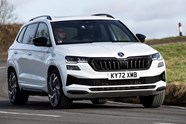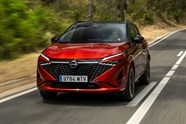
Vauxhall Grandland review
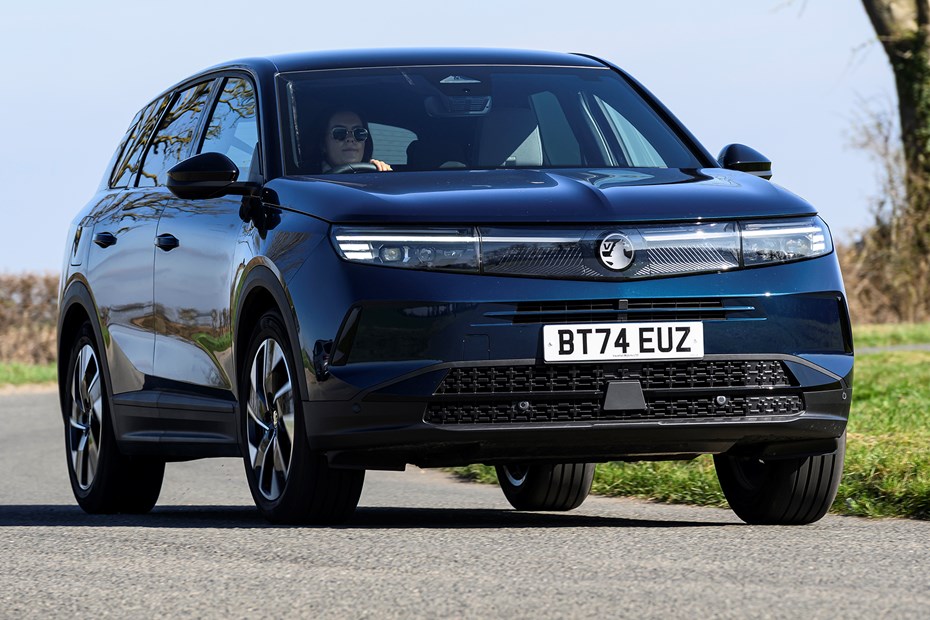
At a glance
| Price new | £36,025 - £40,525 |
|---|---|
| Used prices | £15,638 - £32,780 |
| Road tax cost | £195 - £620 |
| Insurance group | 18 - 26 |
Get an insurance quote with

|
|
| Fuel economy | 40.9 - 51.4 mpg |
| Miles per pound | 6.0 - 7.5 |
| Number of doors | 5 |
| View full specs for a specific version | |
Available fuel types
Petrol
Hybrid
Pros & cons
- Stylish and spacious interior
- Excellent seats
- Neat handling
- Lacklustre performance
- Firm ride
- Rival hybrids are more efficient
Vauxhall Grandland SUV rivals
Overview
It’s standing room only in the rammed family SUV segment and competition is fierce, so can the sharp-looking flagship Vauxhall Grandland Hybrid jostle its way to success? It’s got a mountain to climb – the old Vauxhall Grandland was average by every meaningful measure. It wasn’t one of the best SUVs on sale, with only nice seats and cheap finance standing in its favour.
This Grandland is a dramatic departure from form, growing in dimensions and swapping power choices. Out go the plain petrol, plug-in hybrid and diesel options, replaced with a mild hybrid or the Vauxhall Grandland Electric, a full EV.
This review tackles the mild-hybrid petrol Grandland, which faces the brunt of the family SUV segment. There are the perpetual bestsellers in the form of the Kia Sportage and Nissan Qashqai to contend with. Then there’s our top picks, the Skoda Karoq and Volkswagen Tiguan to outshine. There’s even competition from the Peugeot 3008, a car that shares the same underpinnings and power units with the Grandland. If Vauxhall wants to hunt in these waters, it will need to be very good and appealing.
There are three models to choose from: Design, GS, and Ultimate. The £34,700 entry-level Design comes with a skinny 10.0-inch touchscreen, which at least comes with wireless Apple CarPlay and Android Auto. The good news is that they all come with adaptive cruise control, lane keep assist, and traffic sign recognition.
The £36,650 GS trim adds fancier lights with an illuminated badge and light bar, plus Intelli-Lux HD headlamps. You also get larger 19-inch alloy wheels, a gloss black finish for the roof, rear spoiler, and front and rear bumpers, and a 16.0-inch infotainment screen. Satnav, a Pixel Box (a fancy phone charging unit with a frosted lid), and ambient interior lighting join the fray.
Finally, the £38,400 Ultimate adds niceties, including a panoramic glass roof, a heated windscreen, a powered hands-free tailgate, and a head-up display. You also get rear cross-traffic alert, lane change assist, and a 360-degree surround-view parking camera.
That all sounds promising, but is this enough to make the Grandland king of the hill? Over the next few pages, we’ll assess practicality, comfort, driving, ownership costs, and comfort before giving our crystal-clear verdict on whether we recommend it. Read on to find out, and to see how we reached our verdict, be sure to head over to the Parkers’ How We Test Cars page.



